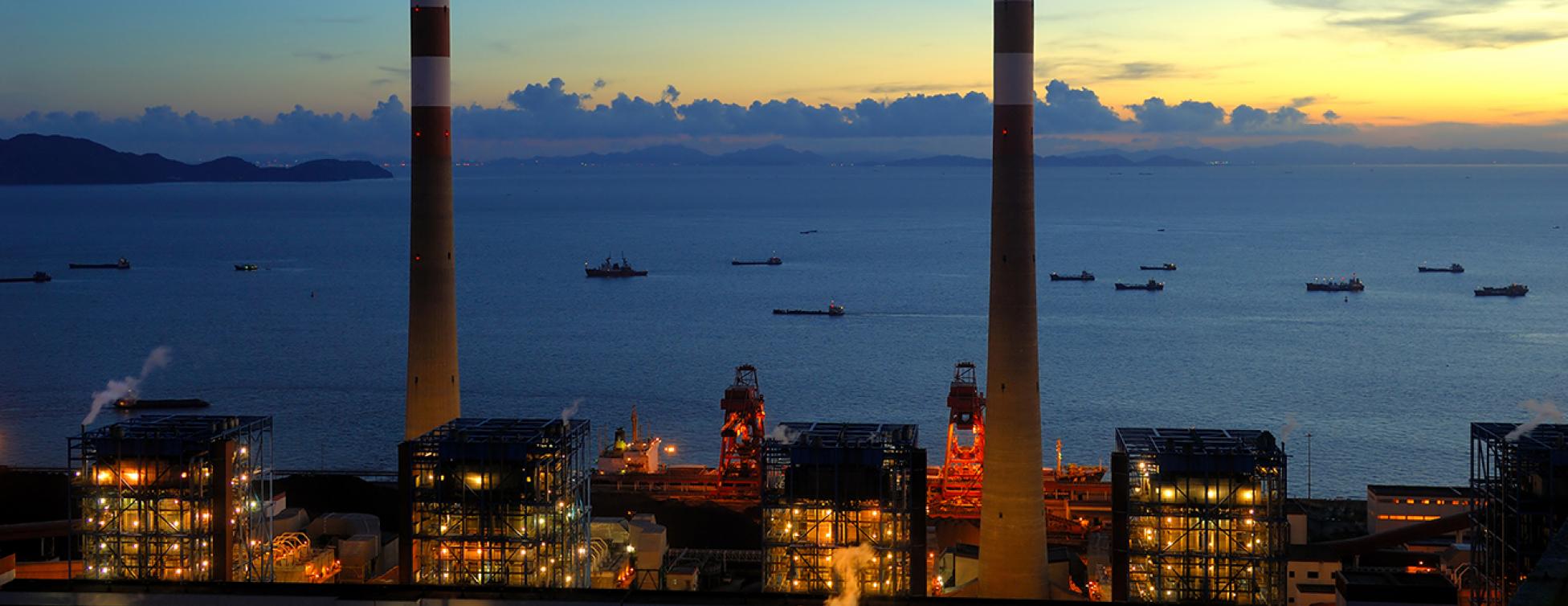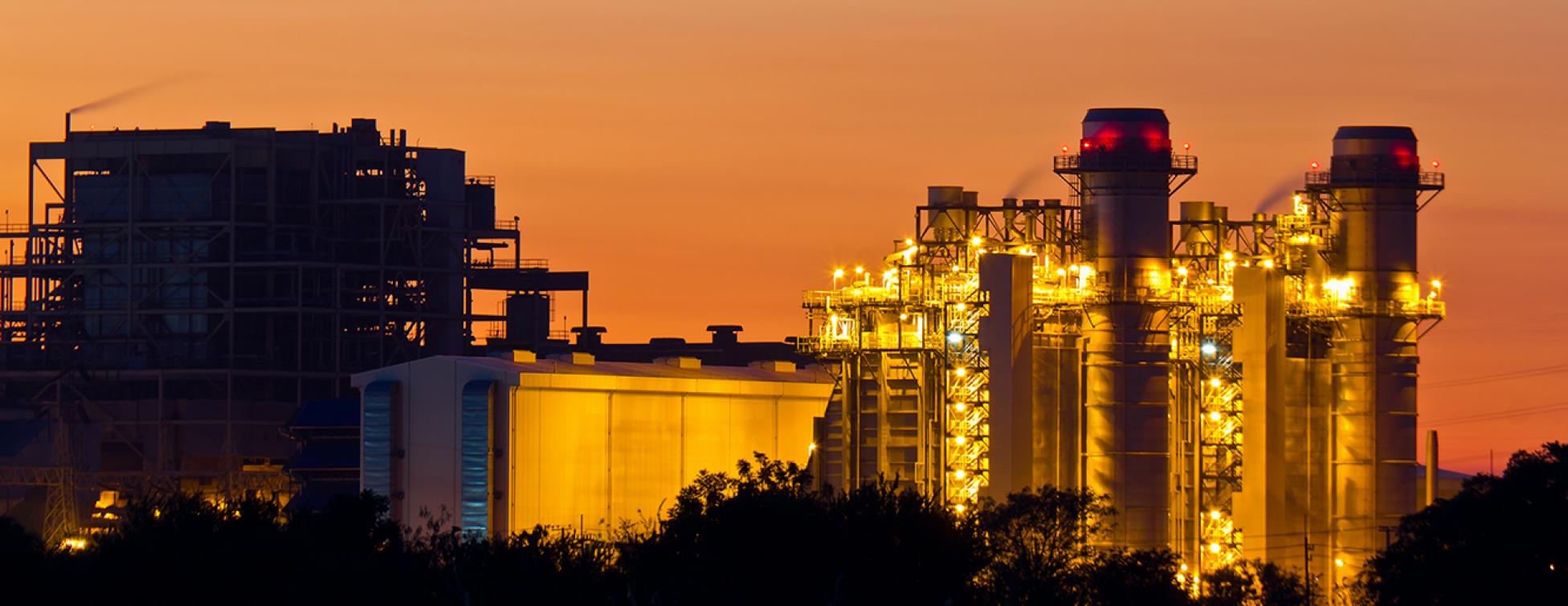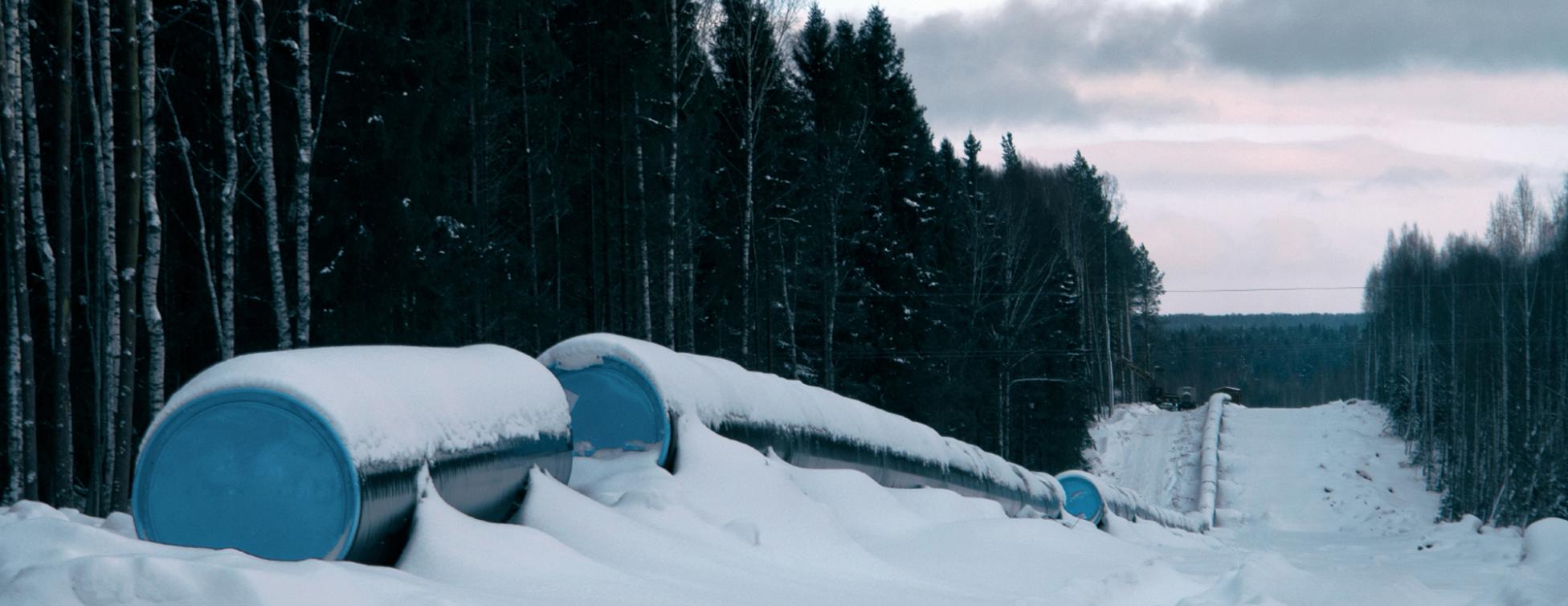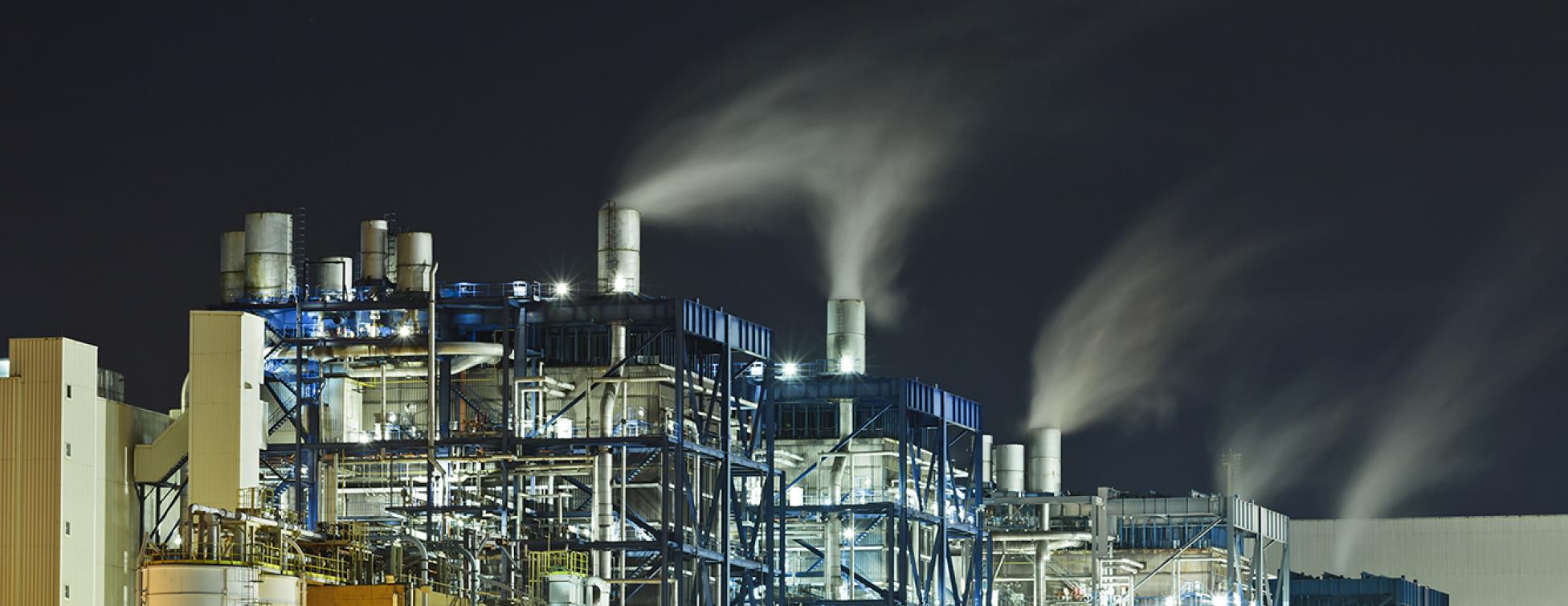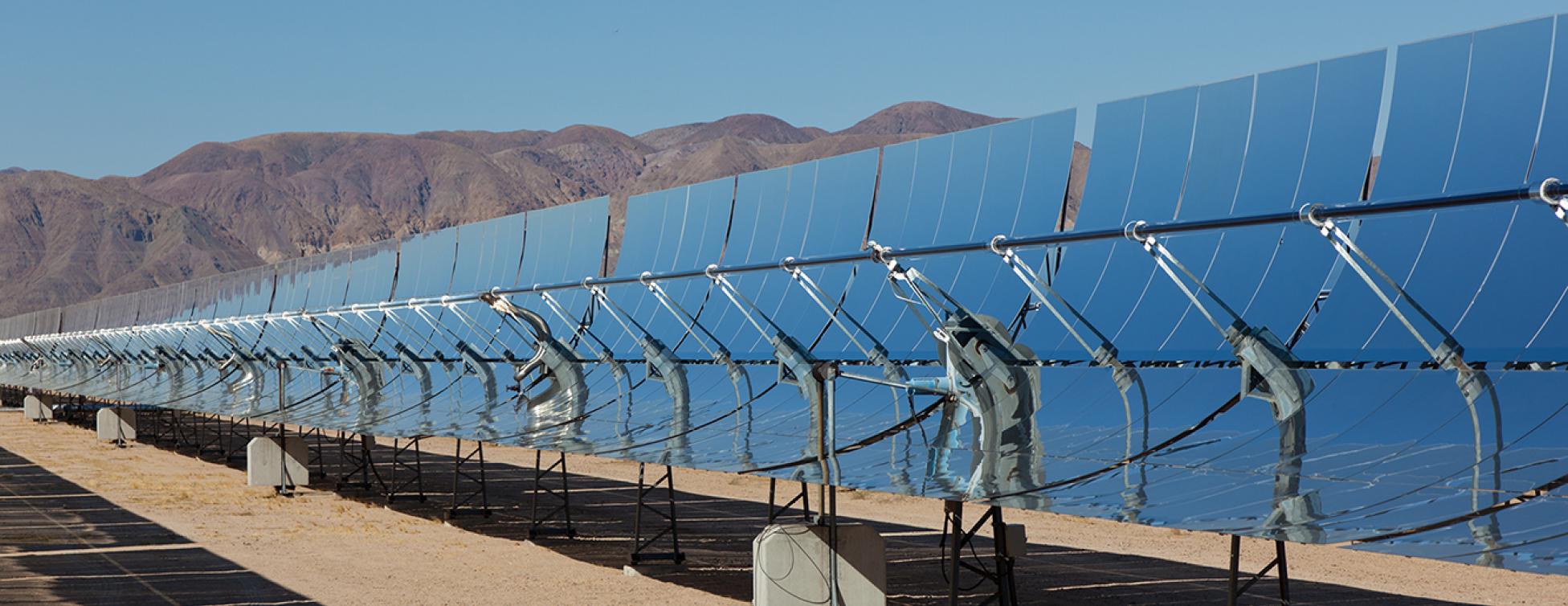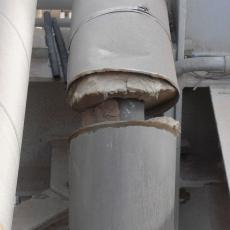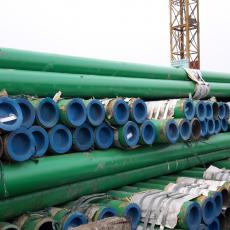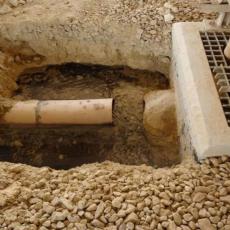Piping
Pipe Insulation
Piping insulation installation activity unfortunately occurs when crews are under a great deal of pressure to finish. Piping is almost always at or near critical path for any industrial power project. It gets rushed.
While that explanation is a hat tip to reality, it is not an excuse for the extraordinary poor quality exhibited in many new facilities. In these photos, the plants are not more than one year into COD and look 15 years old. Over time, these plants will get worse.
For owners, quick deterioration of piping insulation can cause several problems. Heat loss, safety, and general sense by O&M staff that the plant is not worth maintaining because it certainly doesn’t look like anyone ever cared. Many overlook this point, but O&M culture affects a plant, and a plant delivered in poor condition can also work against new management trying to instill a culture of personal ownership with new crews.
So, what about heat loss. Consider technically, a few inches of open insulation on steam piping allows as much heat loss as maybe a hundred feet of properly insulated pipe (... Read more
None, or perhaps a small savings.
High, though unknowable. Suggest it’s many millions of USD. The cost of thermal drag might be as high over time.
Steam Vents at Platform
EPR observed that steam safety valves had lifted at some period in the past during a load transient. The energy from an un-silenced steam release at 1,000F is violent and typically includes a powerful supersonic noise wave. Debris remains impaled on nearby structural steel and equipment from the force of the previous steam discharge.
A serious safety concern is that a personnel access platform is above and adjacent to the five (5) vent stacks. If any personnel would have been located on the platform during a release, they would have no doubt been seriously injured and burned. The owner's operators are exposed to a serious risk until this condition is resolved.
This safety problem persists because of a failure of engineering, piping construction, and the contractors commissioning team to resolve the issue prior to COD.
This is a very dangerous design and all 5 relief valve vents need to be extended above the structure or vented away from the access area.
Minimal cost to extend the vent stacks to a safe elevation.
Owner: Potential O&M personnel injury or fatality with associated costs. Contractor: Minimal cost to extend the vent stacks to a safe elevation.
Inspection Futility
Often field quality suffers from a lack of oversight, quality control, supervision, or owner involvement. Sometimes a contractor and owner set out to assure their interests are protected, but it fails anyway.
Using a large international source inspection firm tends to be where problems arise. Those firms use local inspectors to keep costs down by limiting travel. However, local inspectors are often the same people that visit particular shops and due to familiarity, a relationship develops which compromises the effectiveness of the shop inspection. Instances exist in remote areas where inspectors are relatives of shop owners. The main take-away, is that inspections by ineffective, conflicted, or technically limited personnel with no personal connection to your project is wrought with peril.
The opinion of the author is that if an inspection is worth performing by an owner, send your own people, or an inspector well known and hired directly. It will be more cost than outsourcing with a large international inspection firm, but it will be worth it.
At one facility, the contractor... Read more
None.
$150k +/- and wasted time.
Adverse Shrinkage
In a Middle East plant inspected, recurring problems with the process drain system was discovered. It originated from a design flaw where the desalination units had to be blown down more robustly than anticipated to achieve proper conductivity in the steam cycle. To compound the process control difficulty, the drain material selected by the EPC contractor was PVC, which simply cannot stand elevated temperatures.
PVC is interesting because unlike may materials it's strength simply disappears once the working fluid gets to about 140F. It also shrinks axially when it undergoes heating and cooling cycles. For condensate drains to be routed to sumps which feed an underground network of PVC piping material is certainly a high-risk proposition.
After a bit of excavation and diagnosis, it was confirmed that the process water overflow of the sumps was from collapsed drain lines, piping that pulled away from the sumps, and other similar failures.
The only permanent remedy is to replace the PVC with a material that can withstand condensate temperatures of 212F.
This is an engineering... Read more
There were probably minor savings, amount unknown.
Once repair costs under Warranty considered, this was costly for the Contractor.

